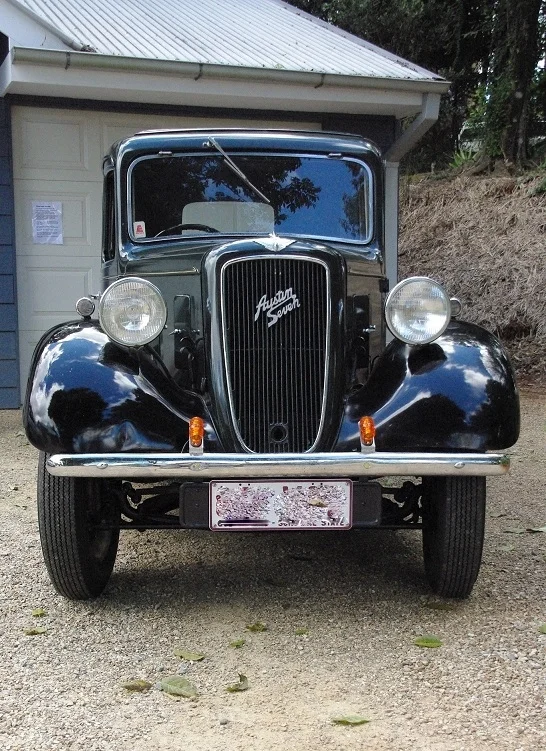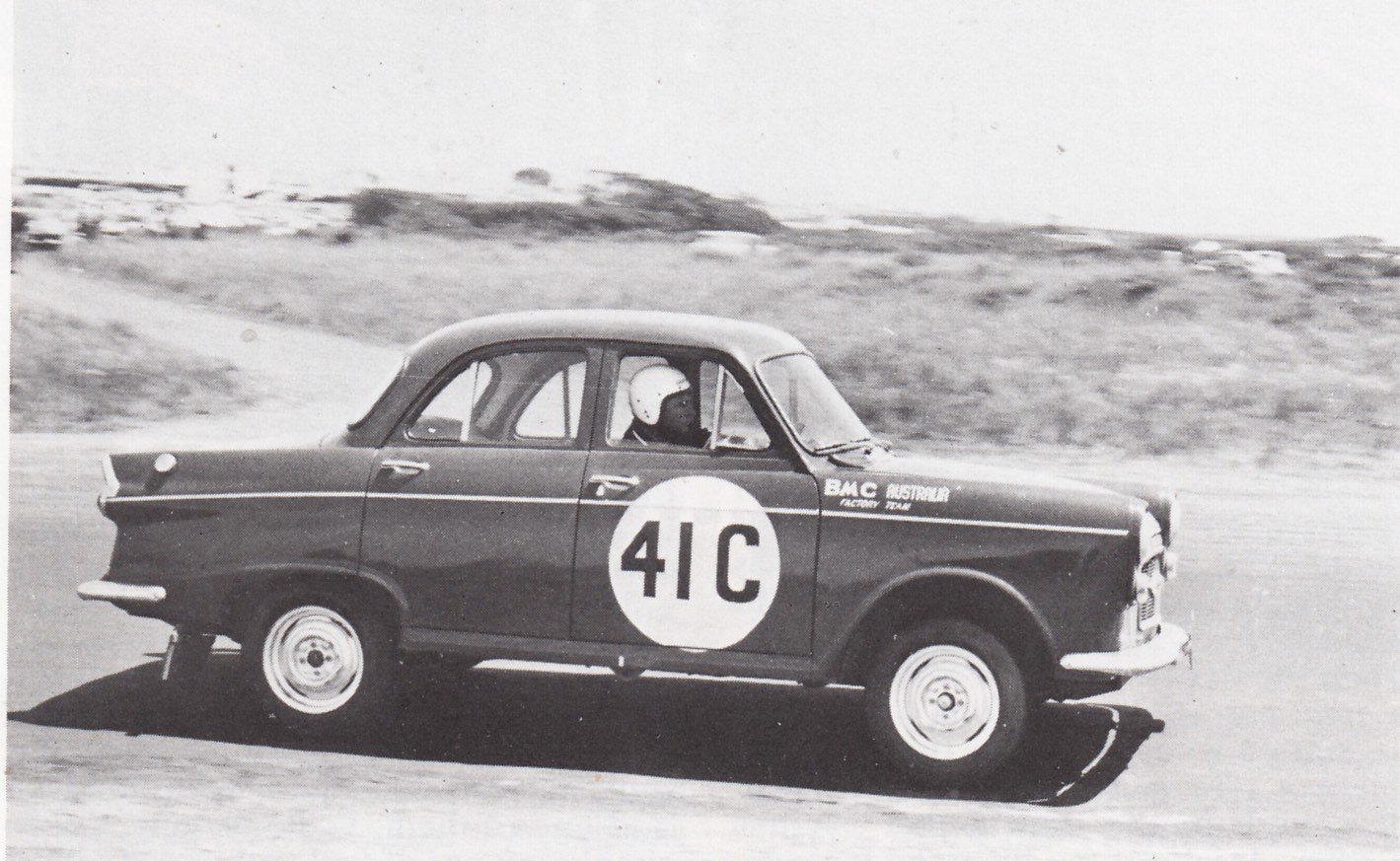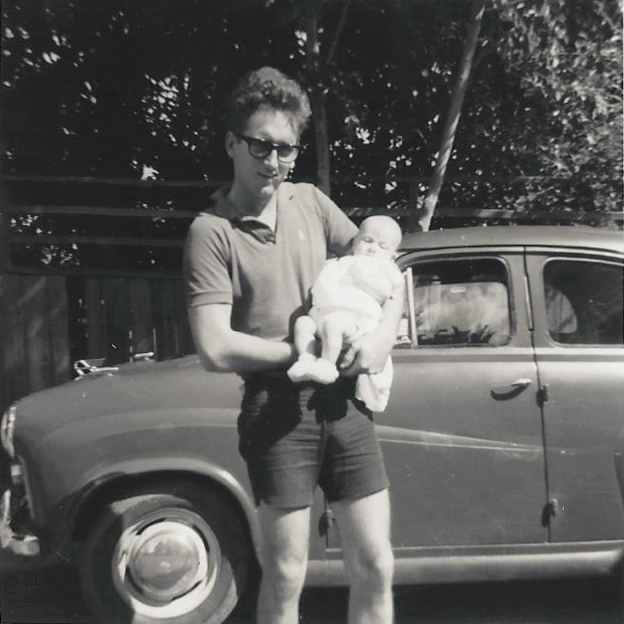Saving my 1958 Austin Lancer #1

Part one: Purchase of a registered vehicle
Now it is 2015 and “national health service”, as Janet christened the Lancer, has had many improvements since the car was purchased registered in 2011. There are more remaining such as new interior flooring and new front and rear windscreen rubbers, but it seems a suitable time to relate the things done and to thank John Elsol, Clay Eaton, Ken Gherke, Allan Waller, Errol Walker and club members for their enthusiasm and assistance.
Whilst I was the owner of a reliable 1971 HQ Holden before I retired, I did not plan to have any more old cars. However, one is always permitted a change of heart. My first car was a trusty 1958 Austin Lancer; a full scale restoration of one was not seriously considered, but John Elsol had many spare parts and a spare car. His Lancer is restored, so the spare car came to me when NHS arrived on the scene.
In 2011, the owner of an Austin Lancer NHS 760, a 1958 model, contacted the club about selling his car. It is a typical two tone in the popular bardman grey with guan green lower sides. The history is remarkable. The first owner lived at Rainworth, having purchased the car from UK Motors. The second chap lived nearby, purchased it and drove it to work for twenty-five years. The car has only been in Brisbane and has been in registration all that time.
“I did not plan to have any more old cars. However, one is always permitted a change of heart. ”
Despite its long service, the car was mechanically unmolested: ie, in original specifications with an electric fuel pump in the boot, standard plugs and points and a generator to charge the battery. I was happy that there were no modifications because any replacements were standard specification. There was no radio or aerial and no heater.
It is as well to outline the car’s condition. All badges and decals were present, but the bonnet’s ‘flying A’ top streaming tail had broken off. Ken Gherke found a good one at a swap meet in Victoria for me. Following are brief notes about the outside and interior.
Little has been done to the paint other than wash the car; it has worn off to reveal the red undercoat on the front mudguards. The front and rear screen rubbers still require replacement. The inside story is different. The front floor rubber mats and rear floor carpet are gone and the second owner (probably?) placed household floor carpet in place of these with screws holding bits in parts like the transmission tunnel. Door trims and the front seat covers were not the originals, but the back seat back and squab were. The driver’s seat webbing had collapsed on the door side and the original rear covers had age rips. The steering wheel was just OK, but cracks were showing and it was a very faded grey.
When I obtained the Holden Kingswood from the family of the deceased one owner, the brakes, suspension and radiator needed attention. Apart from collapsed webbing in the driver’s bucket seat, worn out rubber flooring, worn out door belts rubbers (the sill window seals), the interior was original and in good repair. That experience was why I did look for a registered vehicle. The Holden has been in regular service since 1998 and earns her keep. The plan for the Austin was as a club run vehicle, not a concours show piece.
As a registered going concern, only a roadworthy was necessary. Apart from some rust in the rear mudguards and front sub-frame, there was nothing to prevent the issue of a roadworthy. The only item not working was the interior light. This is not to say that improvements to the mechanical and body parts would not be required. Nevertheless, it could be done piecemeal since the car was on the road and there would not be years of work to reach that stage.
To be continued…





